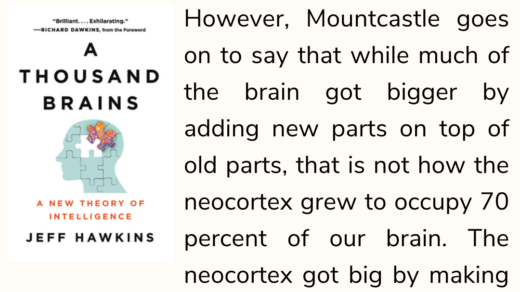All look the same. A month looks like a day, one set of days like another. In fact, at a first approximation, you could not readily tell without the labels which line was which. That clicks with something else. Having acquired an interest in financial markets after my move to New York, I started chatting with the Wall Street pros. There is something funny, one told me: In the newspaper, all price charts look alike. Sure, some go up; some down. But daily, monthly, annually—there is no big difference in the overall look of it. Strip off the dates and price markers, and you could not tell which was which. They were all equally wiggly. “Wiggly” is hardly a scientific term—and until I developed fractal geometry years later, there was no good way to quantify so vague a notion as wiggly. But that is exactly what we can now see in the cotton data: a fractal pattern. Here, the fractal scaling up and down is not being done to a shape—the florets of a broccoli or the triangles of a Sierpinski gasket. Rather, it is being applied to a different sort of pattern, the way prices vary. The very heart of finance is fractal.
The essence of this book is about Mandelbrot’s work with fractals and how it is used in the study of financial markets. A simple explanation of what fractals are is patterns that are self-similar at various scales. In the context of financial markets, a daily, weekly and yearly price chart would be indistinguishable to each other and will display the same chracteristics of swings, ups and downs.
How does that help us? Fractals are simply another methodology of understanding and explaining the characteristics of financial markets. I’ll be sharing more passages from his book over the next few days.



